 Southerland Store
Southerland Store
Entry Category: Counties, Cities, and Towns - Starting with S
 Southerland Store
Southerland Store
 Southern Arkansas University Tech Sign
Southern Arkansas University Tech Sign
 Southern Hotel
Southern Hotel
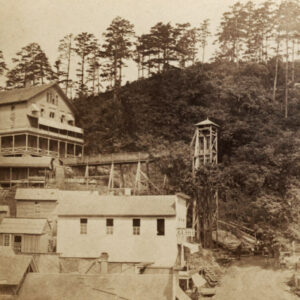 Southern Hotel and Newspaper Office
Southern Hotel and Newspaper Office
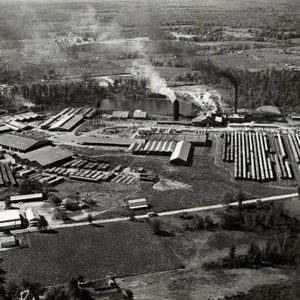 Southern Lumber Company
Southern Lumber Company
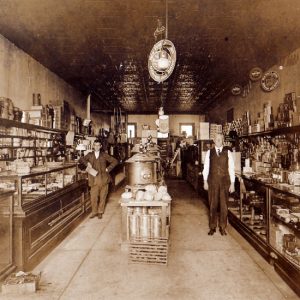 Southern Mercantile Store
Southern Mercantile Store
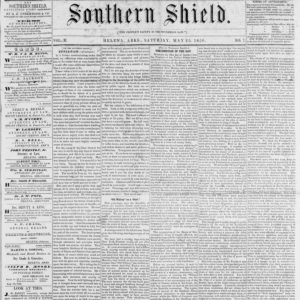 Southern Shield
Southern Shield
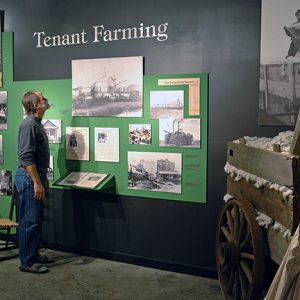 Southern Tenant Farmers Museum
Southern Tenant Farmers Museum
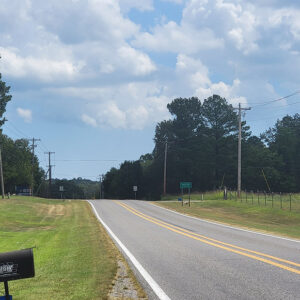 Entering Southside
Entering Southside
Southside (Independence County)
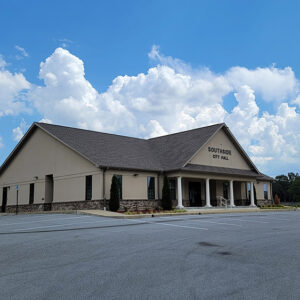 Southside City Hall
Southside City Hall
 Southside Elementary School
Southside Elementary School
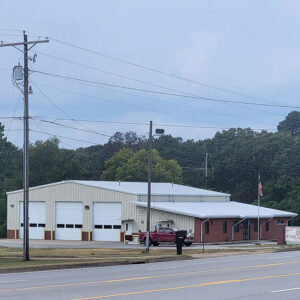 Southside Fire Department
Southside Fire Department
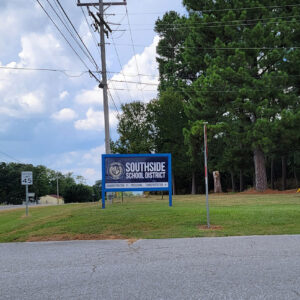 Southside School District
Southside School District
 Southside Street Scene
Southside Street Scene
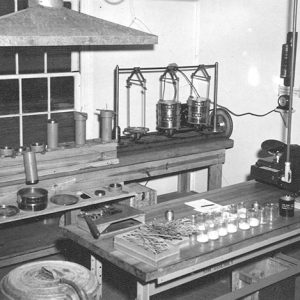 Southwest Proving Ground
Southwest Proving Ground
Spadra (Johnson County)
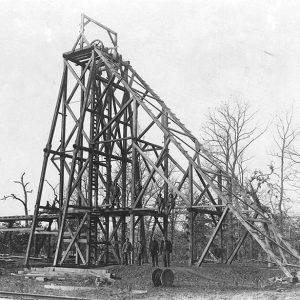 Spadra Mine
Spadra Mine
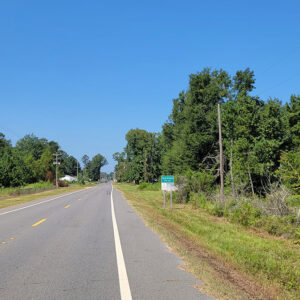 Entering Sparkman
Entering Sparkman
Sparkman (Dallas County)
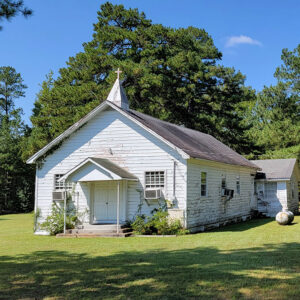 Sparkman Church
Sparkman Church
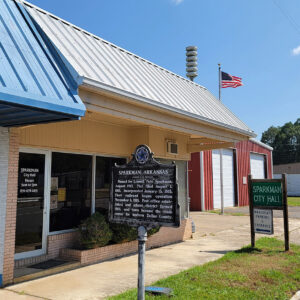 Sparkman City Hall
Sparkman City Hall
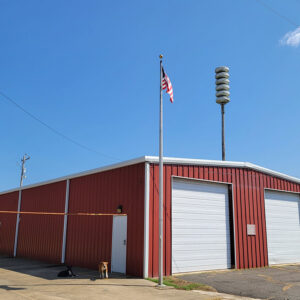 Sparkman Fire Department
Sparkman Fire Department
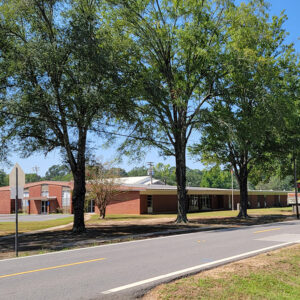 Sparkman High School
Sparkman High School
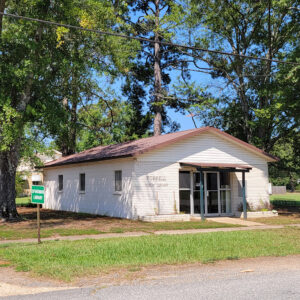 Sparkman Library
Sparkman Library
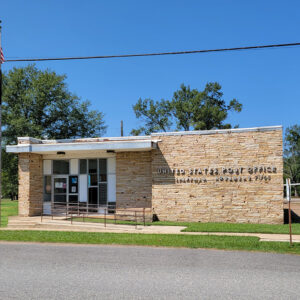 Sparkman Post Office
Sparkman Post Office
 Sparkman Street Scene
Sparkman Street Scene
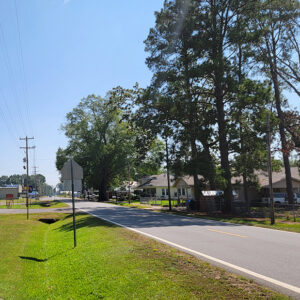 Sparkman Street Scene
Sparkman Street Scene
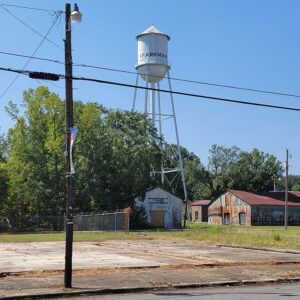 Sparkman Water Tower
Sparkman Water Tower
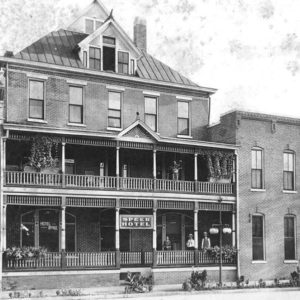 Speer Hotel
Speer Hotel
 Sperindio Hotel
Sperindio Hotel
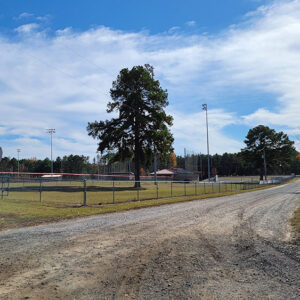 Sports Complex
Sports Complex
Spring Hill (Hempstead County)
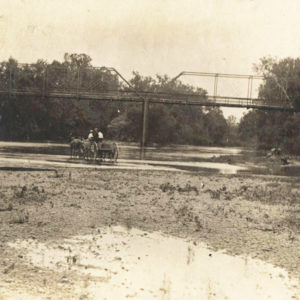 Spring River at Imboden
Spring River at Imboden
 Spring River Bridge
Spring River Bridge
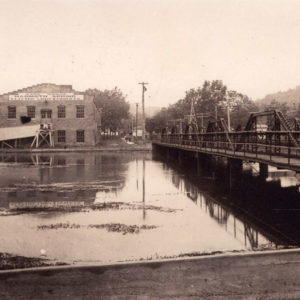 Spring River Bridge
Spring River Bridge
Springdale (Washington and Benton Counties)
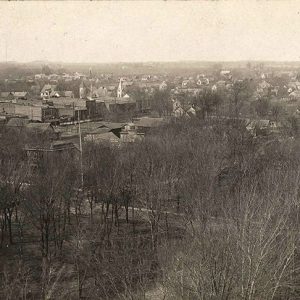 Springdale City Scene
Springdale City Scene
 Springdale Poultry Industry Historic District
Springdale Poultry Industry Historic District
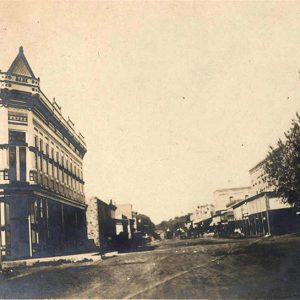 Springdale Street Scene
Springdale Street Scene
 Springdale Street Scene
Springdale Street Scene
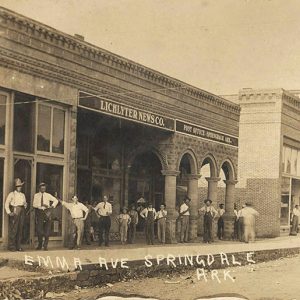 Springdale Street Scene
Springdale Street Scene
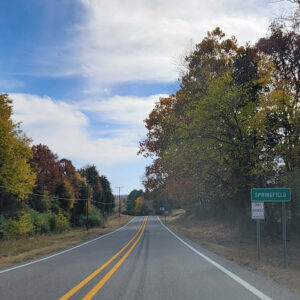 Entering Springfield
Entering Springfield
Springfield (Conway County)
 Springfield Church
Springfield Church
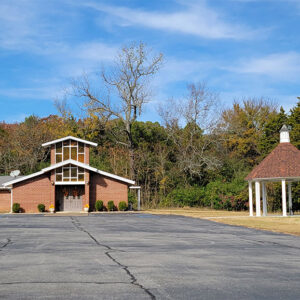 Springfield Church
Springfield Church
 Springfield Community Center
Springfield Community Center
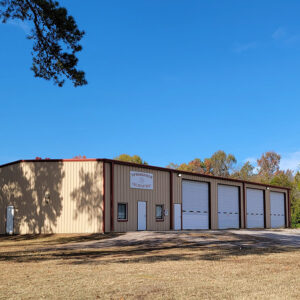 Springfield Fire Department
Springfield Fire Department
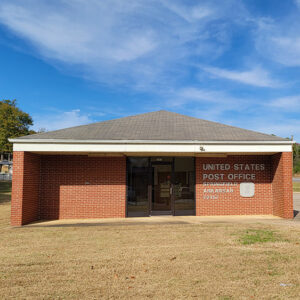 Springfield Post Office
Springfield Post Office
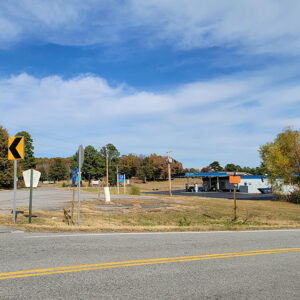 Springfield Street Scene
Springfield Street Scene




